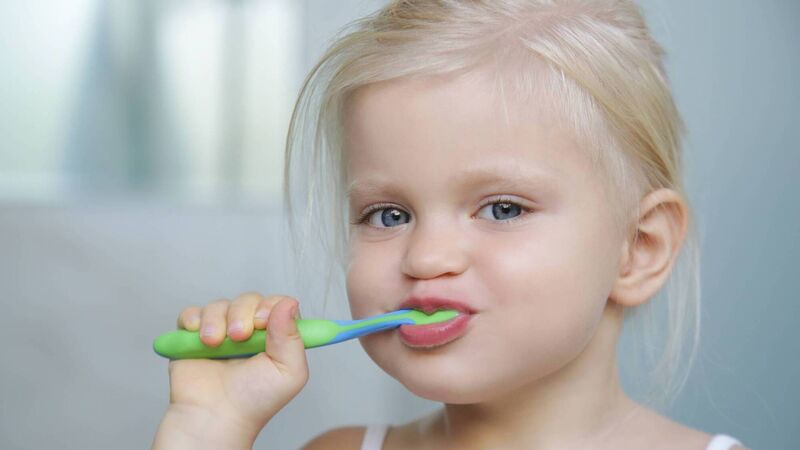Children's dental health: Paediatric dentists on how to avoid tooth decay

Dental decay affects one in three children by the time they’re five years old.
Try from €1.50 / week
SUBSCRIBEBy the time children see paediatric dentist Dr Jennifer McCafferty, they won’t just have a problem with one tooth. “They’ll have multiple teeth in bother. I’ll see quite a number of cavities in the one child,” says McCafferty, who works at Citygate Specialist Dental Clinic, Cork.
McCafferty gets referrals from family dentists when patients are very young — and when the “extent of their dental needs” requires her services. “A large volume of children I see are treated under general anaesthetic in hospital. I see a lot of children with autism or where cooperation is limited.”
Already a subscriber? Sign in
You have reached your article limit.
Annual €130 €80
Best value
Monthly €12€6 / month
Introductory offers for new customers. Annual billed once for first year. Renews at €130. Monthly initial discount (first 3 months) billed monthly, then €12 a month. Ts&Cs apply.
CONNECT WITH US TODAY
Be the first to know the latest news and updates
Newsletter
The best food, health, entertainment and lifestyle content from the Irish Examiner, direct to your inbox.
© Examiner Echo Group Limited